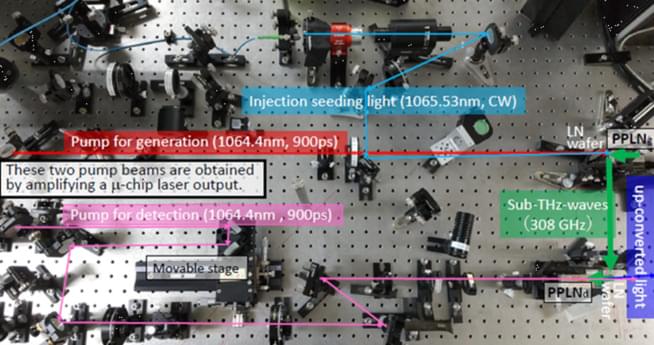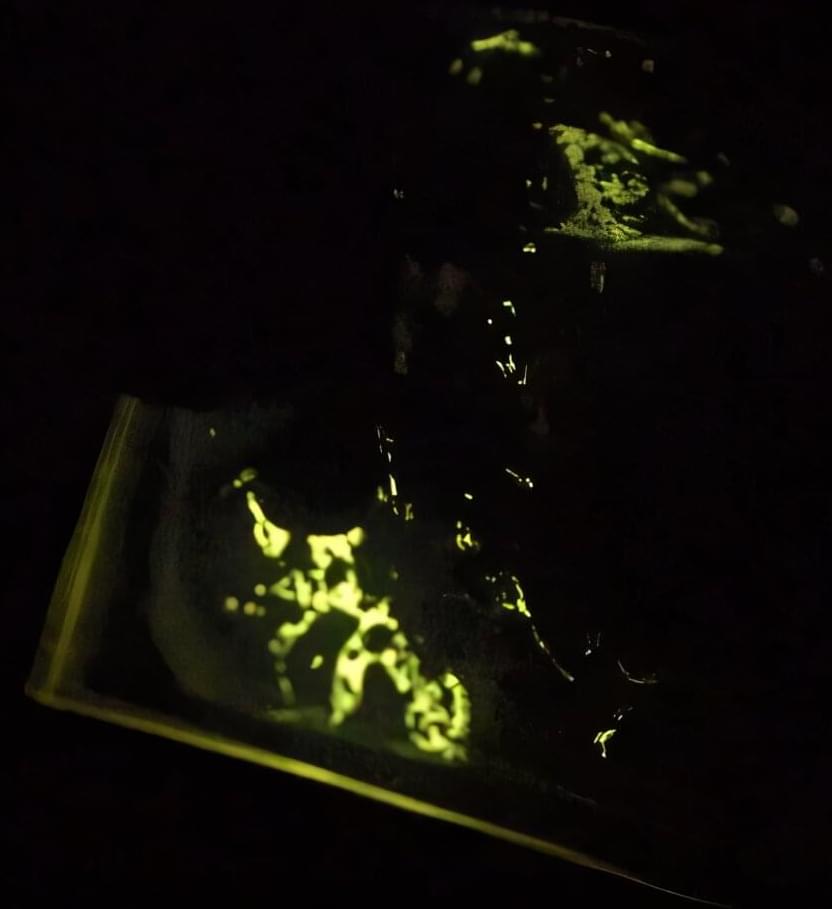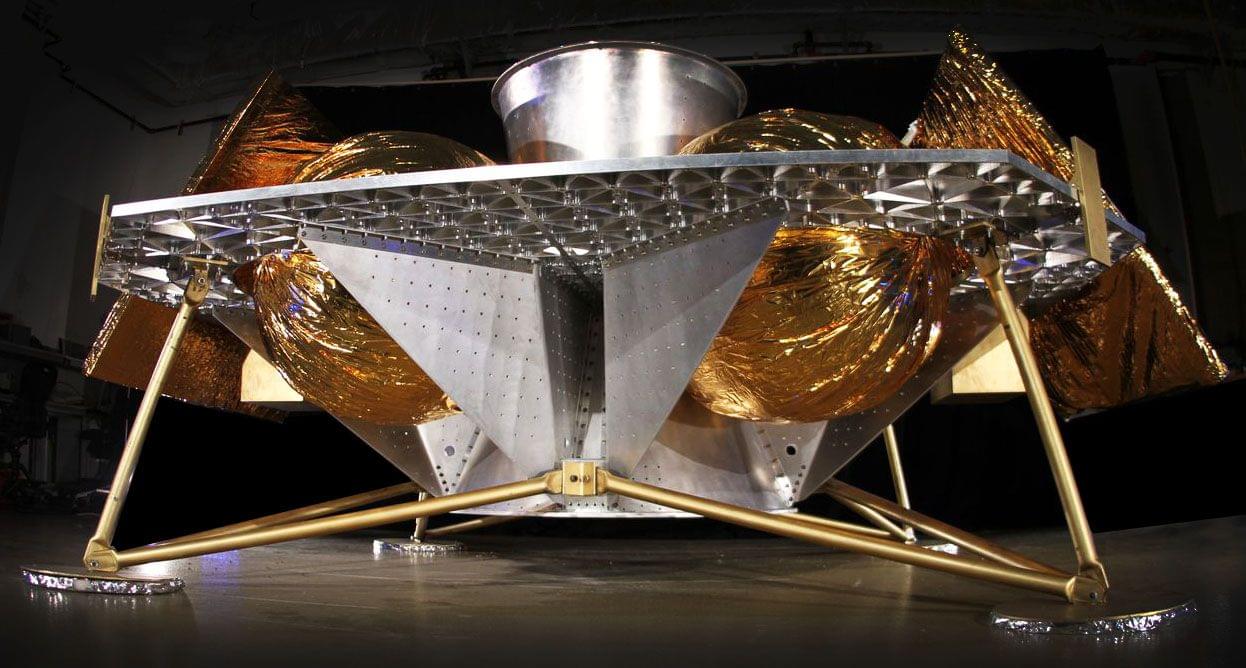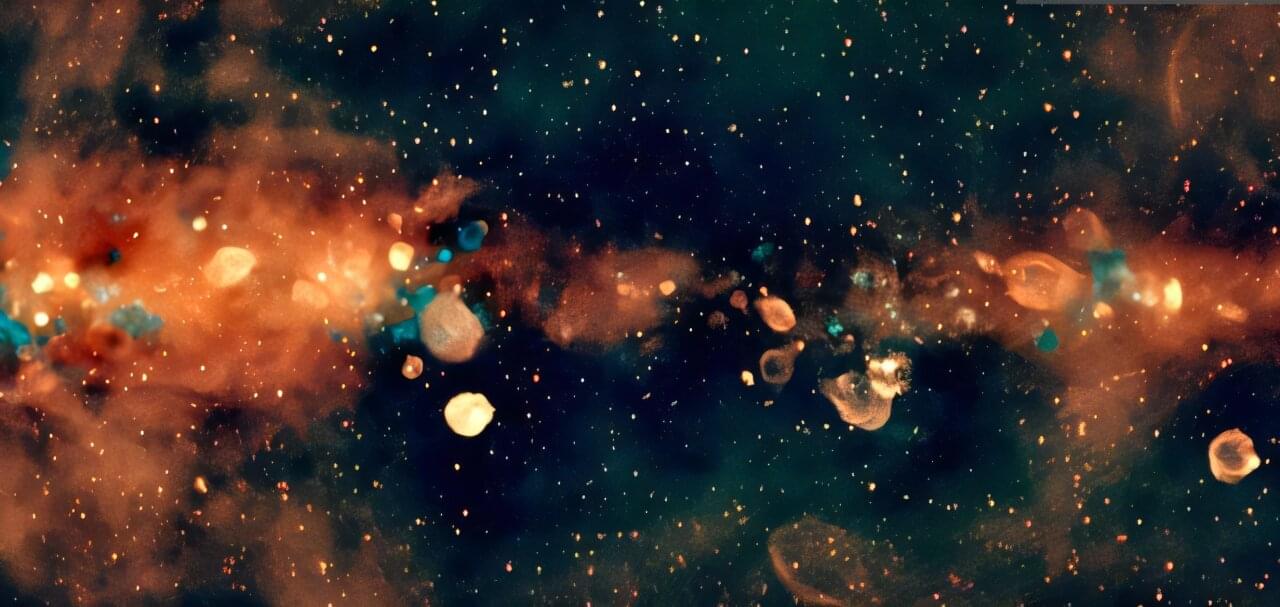Google was once again forced to announce that it had not suffered a data breach after numerous news outlets published sensational stories about a fake breach that purportedly exposed 183 million accounts.
This claim began over the weekend and into today, with news stories claiming that millions of Gmail accounts were breached, with some outlets saying it affected the full 183 million accounts.
However, as the company explained in a series of posts on Monday, Gmail did not suffer a breach, and the compromised accounts were actually from a compilation of credentials stolen by information-stealing malware and other attacks over the years.








